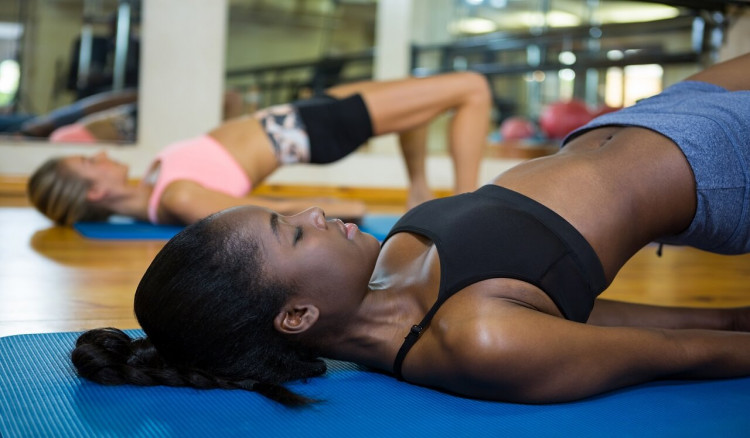
Health Benefits of Pilates
PiIates is a physical fitness system developed in the early 20th century. Pilates aims to strengthen the body in an even way, with particular emphasis on core strength to improve general fitness and wellbeing.
Joseph Hubertus Pilates, the founder of Pilates, was born 9 December 1883 in Mönchengladbach, Germany. His father, Heinrich Friedrich Pilates, who was born in Greece, was a metal worker and enthusiastic gymnast, and his German-born mother was a housewife.
Pilates was a sickly child. He suffered from asthma, rickets, and rheumatic fever, and he dedicated his entire life to improving his physical strength. He was introduced by his father to gymnastics and body-building, and to martial arts like jiu-jitsu and boxing. By the age of 14, he was fit enough to pose for anatomical charts. Pilates came to believe that the "modern" life-style, bad posture, and inefficient breathing lay at the roots of poor health. He ultimately devised a series of exercises and training techniques, and engineered all the equipment, specifications, and tuning required to teach his methods properly
HEALTH BENEFITS OF PILATES
Practitioners say regular pilates can improve posture, muscle tone, balance and joint mobility, as well as relieve stress and tension. For elite athletes, including dancers, pilates can complement training by developing whole-body strength and flexibility, and help reduce the risk of injury.
PRINCIPLES OF PILATES
Before you can start on the mechanics of Pilates, there are six fundamental principles that you should become familiar with. These principles give substance and purpose to the workouts and help you learn to integrate your workout into your life so you begin to feel healthy and strong. These 6 principles of Pilates are:
1.Control
This is the primary principle of the system. In his time, Joseph Pilates called his method, ‘Contrology.’ His focus on controlled movement was as a result of his years of blending Eastern and Western disciplines. As you work out, control your muscles, your positions and your tempos. Your body is your tool and by exerting control over it, it will produce better and better results.
2. Centring
This is a somewhat vague principle to many people. The ideas is that all movement begins from your centre. In Pilates, you brace or stabilize the core and then mobilize the limbs. Beyond that, there is an energetic component in working from your center. It’s as though you were able to harness and then project out through the limbs all of the energy and activity going in your internal organs. Centring is like saying you should work from the inside out.
3. Concentration
Concentration is key to Pilates. Without focused concentration, any exercise can only be moderately beneficial. Concentration elevates your intensity and so takes your results up to a far higher level
4. Precision
Precision serves as an umbrella for the entire Pilates principles. Attention to the smallest details is what makes Pilates so effective
5. Breath
Breathing is a focus of the Pilates work. Many people come to Pilates because they have heard that it is a breathing technique. Pilates will teach you step-by-step breathing but it isn’t the only focus. As a general rule in Pilates, you inhale to prepare for a movement and exhale as you execute it.
6. Flow of Movement
This is an element that comes later in the practice of Pilates but can be incorporated early on. As you learn each Pilates exercise, ensure to perform it in a seamless, flowing manner. Eventually, you will work on creating one long routine
PILATES PREPARATION GUIDELINES
People spend so much time getting ready to exercise that many never actually do it. Contrary to popular belief, it is unnecessary to prepare for exercise, you simply must decide to begin.
To do Pilates, you will need nothing more than some 1kg (2lb) hand weight and a well-padded mat. Since some rolling exercise can cause bruising on an unpadded surface, many yoga mats may be unsuitable. Instead, choose a mat specifically for Pilates. Finally, keep a towel handy as well as some water and you’ll be ready to go.
Clothing is next. Whenever possible, select clothing with stripes or visible seams. You’ll immediately notice asymmetries and will naturally correct them.
Pilates is normally performed barefooted. However, studios and health clubs often institute a footwear requirement. Bare feet are fine for the home but for other setting, look for socks with grip to reduce slippage and protect your feet. There are even socks with compartments for each toe. Whatever you select, be sure to avoid slippery socks or cumbersome shoes that might reduce foot mobility.
Where to work out
The single largest impediment to any exercise program is inconvenience, so find yourself a place that is easy to get to and a time that is convenient for your schedule. Pilates can be done anywhere you have enough room to stretch out on a mat. You can practice at a gym or at home. You can even practice on a lawn or beach, as long as you have an appropriate mat.
Pilates Safety Guidelines
To keep your workouts safe, here are some guidelines:
- Begin with just one program
- Remember to hydrate. By the time you feel thirsty, you are already dehydrated
- Learn to distinguish between effort and pain. Effort is okay, pain is a sign to stop
- If something doesn’t feel right, stop
PILATES PRACTICE
Certain elements of positioning are specific to Pilates. Let’s start at the top of the body and work our way down.
To keep your neck well aligned during abdominal work, imagine resting your head on a raised support. The curve should be long and natural both front and back. Avoid any crunching or tightening around the throat.
Your breathing in Pilates needs to be specific. The abdominals must work in a contracted fashion at all times so your breathing must be redirected both upwards and outwards. Be aware that your lungs actually extend all the way above your collarbones. Practise breathing laterally, expanding the rib cage sideways as you inhale, and then contracting it inwards as you exhale
Below the waist
Pilates teachers have several labels for the abdominals, including the core, the center and frequently, the powerhouse. No matter the tag, your strength and control always spring from the center of your torso. Your powerhouse specifically incorporates your abs, hips and buttocks as well.
The Pilates Scoop is the signature of the method. Even if you have difficulty pulling the abdominals inwards, you must never allow them to push outwards.
Optimal spinal alignment means positioning your spine to preserve its natural curves. To do this, when you are lying flat for abdominal exercises, try not to tuck or curl the lower back. Instead, aim to lengthen the spine. The end result should be strong, supportive abdominal muscles.
Additionally, when you’re working your seat muscles or gluteals, think of wrapping the muscles of the buttocks and thighs around towards the back. This will create a tightening and lifting of those muscles and will help to support your spine.
Pilates position or Pilates stance doesn’t happen in the feet, although it looks as if it does. Working from your hips down, the gluteal muscles in your rearend and in the back of your things work together to rotate and wrap around. This causes a slight opening of the toes.
Perfect the details
As you work out, focus on your symmetry. Imagine your torso in a box from shoulders to hips. If your box is square, you’re probably well aligned. You also need to work within your frame, which means keeping your limbs within your peripheral vision and never going beyond a comfortable joint range.
Never forget that Pilates is strength training. To maximize its benefits, you must always work with resistance. Some resistance is provided by gravity and your positions. More important is the internal resistance you create. Your entire Pilates routine should incorporate this internal resistance.
Opposition is a final but vital ingredient of your Pilates practice. For every action, there is an equal and opposite reaction. Pilates is the same. As one side reaches, another side contracts. If you lift up, you also anchor down. By using direct opposition, you will find the stability and strength in your core to build a better body.
PILATES EXERCISES
To enjoy the amazing health benefits of pilates, below are a few pilates exercises you can practice:
Pelvic Lift
Lie with knees bent and legs hip-width apart. Feel your chest open, shoulders back and spine long. Inhale and raise your hips without arching your back.
Exhale and lower down, one vertebra at a time. Repeat 3 more times, increasing the articulation of your spine each time.
Rolling like a ball
Balance on your sitting bones at the front edge of your mat, hugging your ankles into your body and nestling your head between your knees. Without letting your feet touch down, tuck your tail under you and begin to roll back.
Keep rolling through your spine back to your shoulder blades, then return to the starting point. Use your abs for control, especially on the return. Try not to skip any sections of your spine. Repeat 5 more times, inhaling as your roll and exhaling as you return.
The Swan
Lie face down with legs together and hands under your shoulders. Breathing normally, lengthen your spine forwards, pressing your shoulders back away from your ears.
Continue lengthening to arc up off the mat. Use your stomach muscles to support you. Lower with control. Repeat 2 more times.
The Roll-Down
Sit upright at the front of your mat, legs apart and feet flat, holding behind your thighs. Inhale and direct the back of your waistband to pull down towards the mat. Your tail will curl underneath and your abs will hollow.
Keep curling your tail as you aim the small of your back to the floor. Keep your legs still. Pause at your lowest point and take 3 breaths, hollowing your abs further. Exhale and fold back up. Roll up to your tallest posture and repeat one more set.
Single-leg Stretch
Lie flat with both knees bent into your chest. Before you curl up, be sure your box or frame is square and then activate your powerhouse.
Curl your upper body off the mat and hold your left leg, reaching your left hand to your ankle and the other to your knee. Extend your right leg 45 degrees. Control your torso as you switch legs, inhaling on one side and exhaling on the other. Continue switching for 8 repetitions. Bend both knees to finish. Rest your head.
Front Curls
Bend your arms in past 90 degrees. Be sure your elbows remain high as you bend them. Now open your arms out with the same resistance. Repeat 5 more times, inhaling to extend and exhaling to bend. On your last repetition, lower your arms smoothly down to your sides. Perform 6 repetitions.
Side Bend
Stand in pilates stance and extend your right arm up towards the ceiling, hugging your arm against the side of your head. Inhale and lift even higher, arching up and over to the left.
Bend up and away, reaching further over and allowing your bottom arm to hang loosely. Now return to the center line, resisting on the way up. Lower your arm down by your side and repeat to the left side. Perform 2 more sets for a total of 6 repetitions.
Increase your core strength, improve flexibility and shape your body with the help of this free online Pilates course.
Are you ready to dive into the world of Pilates? This 7-day challenge will help you fall in love with this popular physical fitness system which, with some dedication and will, will soon become a part of your daily fitness routine. These 15-minute videos consist of workouts designed for any age and fitness level but before your first session, you will be introduced to the guiding principles of Pilates. Enroll and enjoy!
REFERENCES
- 15 Minute Everyday Pilates— by Alycea Ungaro
- British Association of Sport and Exercise Medicine
- National Register of Personal Trainers
- Fitness Industry Association
- The PILATES Foundation UK


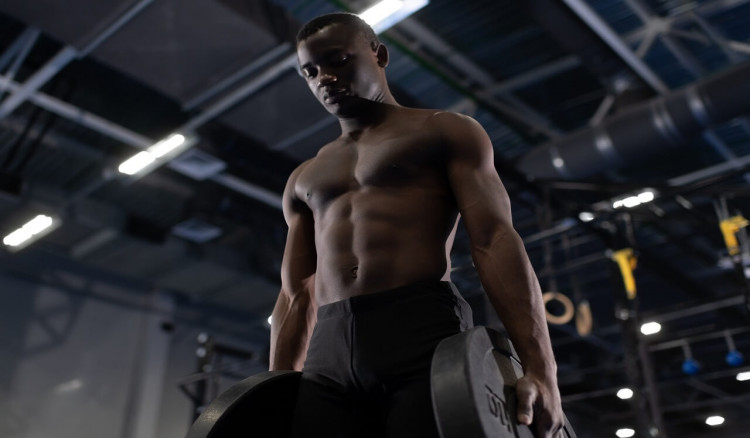
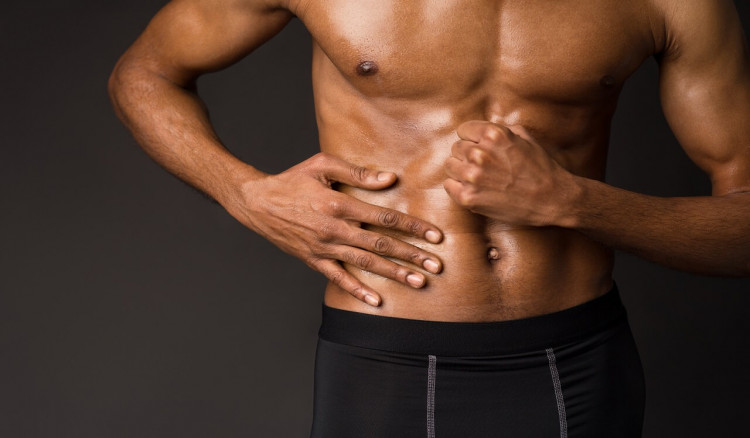
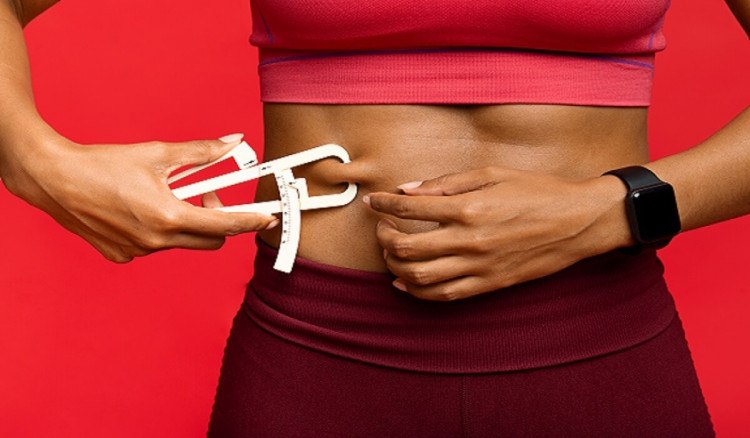
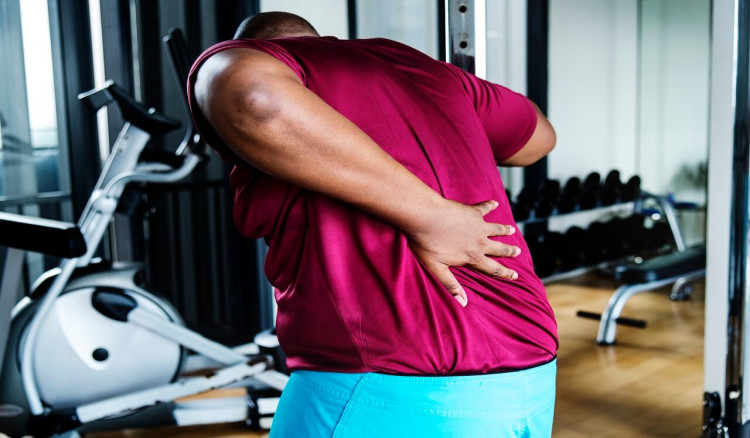
Share This Article: